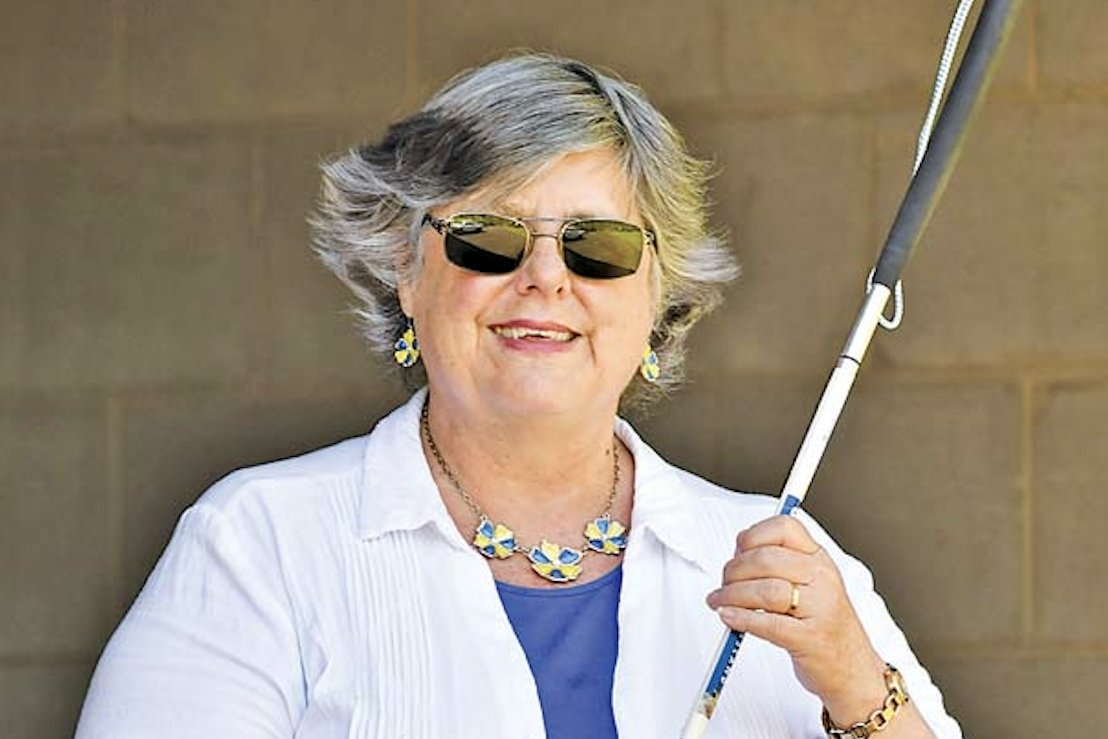Community & Business
24 October, 2024
Vision for the future of the blind
FOR most of us, ordering a meal, catching public transport and browsing social media are routine activities we often take for granted, however for those living with low vision or blindness, like Atherton resident Linda Ovenden, these seemingly simple tasks present significant challenges.

“I was diagnosed with Retinitis Pigmentosa when I was about seven years old, it’s a degenerative condition that causes you to lose your peripheral vision,” Linda said.
“So I have vision in the centre, but that slowly turns into tunnel vision, which turns into pinhole vision, which is what I’m up to now, and if things go bad I can go completely blind.”
International White Cane Day was held last Tuesday to raise awareness for those who live with vision impairments or blindness, and to also encourage people experiencing vision loss to seek help.
“I think it’s very important to raise awareness for White Cane Day. There aren’t many people in the world who use canes anymore because it carries a stigma, it screams ‘I can’t see’.
“But I find that the benefits of it far outweigh the negative. It’s given me my independence and it’s given me the ability to get around and enjoy the world.
“I think it’s very important to seek help or intervention early because then you don’t get to that place where everything you’re go through overwhelms you so much so that you become depressed.
“It’s easy to feel lost or like you’re backed into a corner. I want to encourage people to get in contact with organisations like Guard Dogs or Vision Australia.
Vision loss is expected to increase by 55% by the year 2050 and by not seeking early support Australians are putting themselves at an increased risk of accidents, falls, poor mental health and social isolation.
The White Cane is the most commonly used aid for people with low vision or blindness and is the first tool before being matched with a guide dog, with over 5,500 users in Queensland.
There are also other services on offer such as orientation and mobility training, counselling services and assistive technology training.
“The orientation and mobility services have been really good, before I accessed anything from them my world had become very narrow and very restricted.
“When I finally allowed myself to get help, my world became so much better.
“They took me from walking around looking at my feet and using someone as support to using a cane to support myself,” Linda said.


